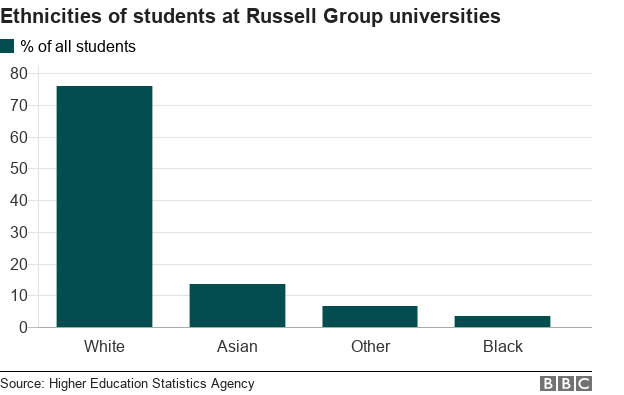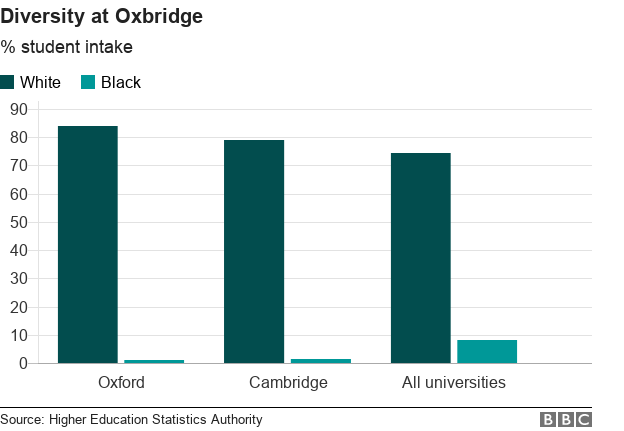Design and Ethnicity

Design and Ethnicity
Then modern world, for all of its great achievements has never been able to remove the cruel hold that racism and the idea of white-supremacism has on it. This is not to say that all that are present today agree with or actively take part in these views, but to emphasise that it has been 214 years since the abolition of slavery in the UK. What has changed in the world today which makes the statement that life has improved, if certain people are marginalised and oppressed for being themselves. In 1955 Rosa Parks was jailed for refusing to give up her seat to a white man. You would like to think that this segregation and oppression would have been stamped out in the 21st century, but here we are in 2020 and yet another black man has been killed, by police using excessive force and openly discriminating the black community. I will ask the question again, What has changed?
We first must look at the statistics, in the UK there are around 64.6million people living in the country as of 2014 data. Of that 64.6million, 56.2million are white British (87.2%). Racial disparity is greatly effecting the country, including in higher education. Here are the 2018 graphs showing the disparity between ethnic groups.


This is unrepresentative of the population, and is a deeply troubling fact which is definitely a matter of concern.
So how does this effect us in architecture. The answer is simple, it greatly effects us. Ethnic disparity is a cause of concern in architecture; according to statistics 93.6% of UK architects are white which is a seriously concerning statistic.
So what is happening to help curb this disparity. PARADIGM, a network for architects, who's main focus is to increase black and asian representation within the built environment. It supports and encourages talented architects from black and asian backgrounds as they progress through their education and further into their careers. They also promote practises from these people which creates a more diverse design team and in tern has a better reflection on society. Architecture has the power and potential to transform people's quality of life, and the more people we have from diverse backgrounds, the more widespread, effective and positive these changes will be. It encourages knowledge sharing and practising and lobbying ideas together around education and career progress. This is incredibly important as it continues the long fight for better representation and chances for minority ethnic groups.
"New stats show architects are mostly white, male and well-to-do"
- Architects Journal
These statistics are worrying, architecture is one of the lowest creative industries for hiring ethnic minorities and women. How can a industries, which prides itself in its ability to represent the issues of the day , still fail to hire proportionate numbers of women and ethnic minorities into the profession.
The BIID (British Institute of Interior Design) on the other hand recognises that diversity and inclusivity are serious issues for all professions, including interior design.
A quote from the BIID: "We want to make sure that the professional interior design industry is a place where BAME designers can flourish and enjoy successful careers, free from racial discrimination. The BIID is actively looking into steps we can take to influence the industry in this important matter."
Then we move onto what could be considered the most important movement of the 21st century. The BlackLivesMatter movement should not only be limited to the extent of the law and governance of nations, but it should include all sectors of life. There should be no excuse or defence for racial discrimination of any form. BLM, should not only be seen as stopping violence and stopping killing BAME citizens; it should also be see as a means of encouraging BAME work and culture and to cultivate and integrate it into society. To these people their culture is their life, just like any white person and they're culture. For hundreds of years, Europe has been exercising their culture on other nations, so now it is time for these same cultures to show us their way of living and encourage everyone to incorporate that into their everyday lives. If we all live separate, isolated lives we will never grow as humans and as a civilisation.
There is currently little too no individual company and industry wide research into diversity, which is why it is increasingly difficult to find statistics to argue for better diversity.
The UnitedInDesign movement is another organisation which aims to tackle the lack of diversity without alienation of certain groups. They are focused on inclusion and collaboration.
The University of Portsmouth has two members which are part of RIBA's architects for change initiative.
One of the most inspiring architects who is fighting everyday to ensure better representation is given to BAME architects is Sir David Adjaye OBE. His work is both spectacular on a purely architectural level while also being aware of the site and locations history and story. Sadly, his skin colour is always picked up no matter the design or the work he is doing. Even if it is a compliment, the fact that it is picked up on in the first place is saddening. It is as if they were not expecting the great work he is doing, or that it is a surprise because he is black. He should be able to go out there and be recognised for his skill and talent as an architect, instead of being recognised as a black man first. He and every other BAME person should not be questioned on their race or heritage but on individual merit, skill and expertise of which most of them do.
Collectively and individually we need to recognise the disparities and the harm racial injustice and misrepresentation has on the BAME communities and we should actively break down these ideas and notions. Only then will we have a society truly representative of its people.

Comments
Post a Comment